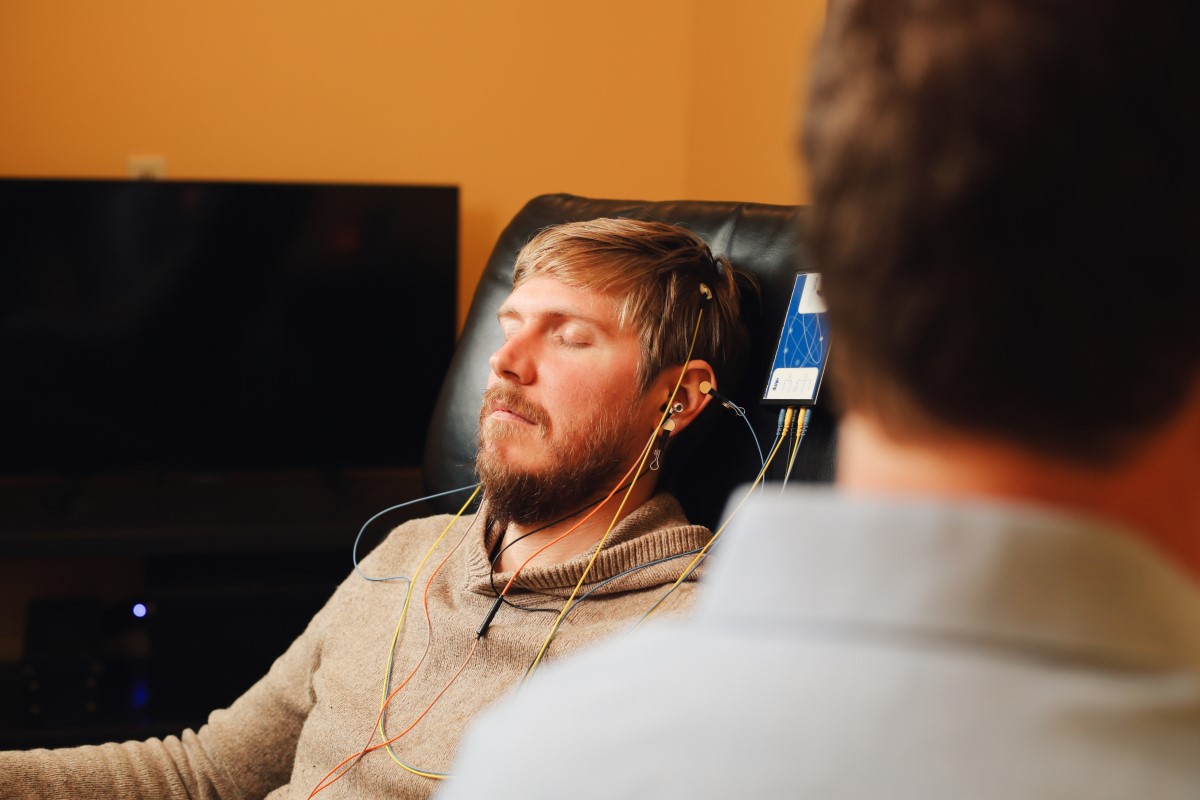The Trainer’s Role with NeurOptimal® Neurofeedback in the Client’s Transformational Process

With the increasing rise in mainstream popularity of mindfulness and meditation, and books like “Stealing Fire” among others, we are also seeing an increase in interest in the use of technology as a tool to assist those pursuing that path. The options available are many and growing, from meditation apps, to all sorts of biofeedback devices, float tanks, binaural beats, flashing lights etc. and of course neurofeedback.
There is a growing movement called “Consciousness Hacking” devoted to this pursuit. Consciousness Hacking founder Mikey Siegel describes this international community as a diverse group “with a common interest in the exploration, the use and the development of new modern tools, for the elevation of the human experience and humanity. For increasing our sense of wellbeing, our sense of human connection, our feelings of love, compassion, empathy, gratitude.”
That statement really distills my interest and passion in using NeurOptimal® both personally and professionally. More and more people are interested in neurofeedback as a tool to help gain access to these ‘higher emotional states’ and ways of being. Not in the pursuit of something they do not already possess, but to remove the blocks that inhibit its natural unfolding.
What follows is my take on the Trainer’s role when working with NeurOptimal® Clients. To be honest I really work with all Clients this way but may get a little deeper in the conversations with the Clients that are ‘Consciousness Hackers’.
When working with Clients interested in personal transformation, I generally take a passive approach. We begin with some conversation about the transformational process itself. I feel it is extremely important to manage expectations, both creating expectations and hearing the expectations they are bringing in with them. Supporting a Client by empowering them to recognize Shifts and changes in their life is massively important.
With the previous rendition of v 2.0 came the advent of auto-navigation. With this advancement, I suddenly did not know what my role was any more as a Trainer. Feeling that I had no role to play anymore, my story became “I am just the guy who bought the machine”. That story has flipped over time and I now I realize the essential supporting role the Trainer can play in the process.
The Trainer’s role as I see it, is to create an atmosphere of safety, support, and optimism, where the Client feels truly seen, heard, and accepted.
The main way to achieve that is, first and foremost, to continue to do our own Training sessions and inner work. When we are doing our own work, it makes it much easier to support Clients in theirs.
Personalizing the experience to the Client’s preference and comfort is another powerful way to help Clients feel relaxed and feel taken care of. ie find out their favorite music and have that playing in the background when they come in, have water, juice or their favorite tea available, an eye pillow, set the lights to their preference, invite them to kick off their shoes if they like, or even a weighted blanket. Creating a comfortable and inviting space, personalized exactly the way they like. This goes a long way in helping the Client settle in, relax, feel welcomed and supported.
In my opinion on of the best ways to connect and support the Client is to simply listen to them. By that I mean giving 100% attention to them. Look up “embodied listening”. This type of listening can really help build rapport, trust, and connection for the Client. Recall an experience where you felt like you quickly connected with somebody. I am willing to bet you felt like you had their undivided attention and that they were truly interested in what you had to say. Embodied listening is an incredible gift we can give to our Clients and to ourselves.
The last thing I do before the session starts is to tell the Client that I am going to leave the room and wait in the lobby. I want to provide to the best of my ability a space that allows their brain to be as relaxed as possible and not focused on the guy sitting at the desk behind them. My only caveat is if a Client requests that I stay in the room during their session, then I will, this also empowers them to make decisions for their well-being. On those occasions, I will silently “hold space” for them in the room. Which means I clear my mind and meditate.
The goal is to be as physically relaxed and as mentally still as possible. I want to be in a pretty neutral and calm state. Not to try to influence them to be calm, but the opposite, to avoid influencing them with any “noise” they may be in my own mind/body. On the rare occasion a Client wants to talk during the session, I will do that too. and again, mostly focused on simply doing attentive, embodied listening, and supporting them that way.
This is something I have just added in the last few years, but feel is helpful. I am a very chatty person and used to come in right as the session ended. Flipping on the lights and jabbering away. One day a Client informed me that her NeurOptimal® session was the only time she had all to herself during her very busy life and really looked forward to it every week. My talking took her out of the deep calm, and presence she was in at the end of the session.
I really got it, and now enter the training room a few minutes after the session is over. Giving the Client a chance to come back gently and slowly to the body before I enter. I turn on the lights at a very dimmed level and silently remove the sensors, not saying a word but giving the Client the opportunity to integrate and stay in deep calm. The sense of calm in the Client is palpable in these silent post session moments. This silence is subtle yet powerful way we can support our Clients as they integrate the session.
The journey of transformation for our Clients is out of our hands. And that is great! The best way we can assist them is to simply, and authentically, connect with them and just be with them. Creating a safe and nurturing space that supports their transformation in whatever unique way that unfolds.

Post Contributor & Author –
Robert Lavendusky
Stillpoint Neurofeedback
785 766-9253
401 Arkansas Street
Lawrence, KS 66044
www.stillpointneurofeedback.com
[email protected]

Leave a Reply
You must be logged in to post a comment.